Dublin Castle, situated in the heart of Dublin, Ireland, is an iconic symbol of the city’s rich history and cultural heritage. Established over 800 years ago, this magnificent fortress has served various roles, from a military stronghold to the seat of the English administration. In this article, we will explore the captivating history of Dublin Castle and delve into its significance in shaping Dublin, Ireland as we know it today.
The Foundation of Dublin Castle
The origins of Dublin Castle can be traced back to the early 13th century. It was King John of England who ordered the construction of a strong fortress in Dublin in 1204, following the Norman invasion of Ireland. The castle was built on a strategic location, atop a hill overlooking the River Liffey. This vantage point allowed it to control access to the waterway and defend against potential threats.
Initially, Dublin Castle was primarily a military base, serving as the center of the English administration in Ireland. Over time, however, it evolved into a symbol of English rule and became the residence of the Lord Lieutenant of Ireland, the king’s representative in the country.
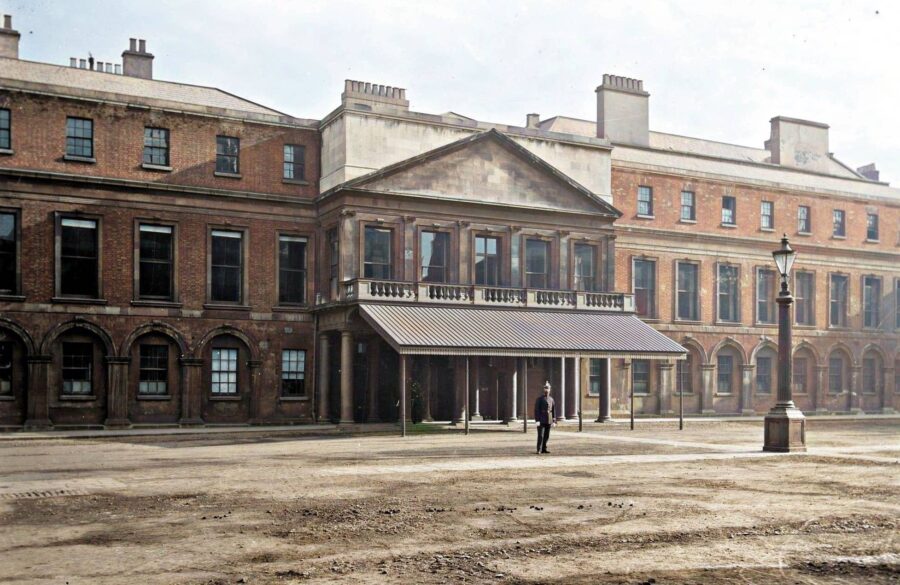
The Medieval Era of Dublin Castle
Throughout the medieval period, Dublin Castle underwent several expansions and renovations. One of the most significant additions was the construction of the Record Tower in the 13th century, the oldest surviving structure in the castle complex. This imposing tower was used to store important documents, as well as serve as a prison for high-profile prisoners.
The medieval era also saw the construction of the Chapel Royal, a magnificent Gothic-style church built in the early 13th century. This chapel, which was later replaced by the present-day St. Patrick’s Hall, was a crucial site for religious ceremonies and events within Dublin Castle.
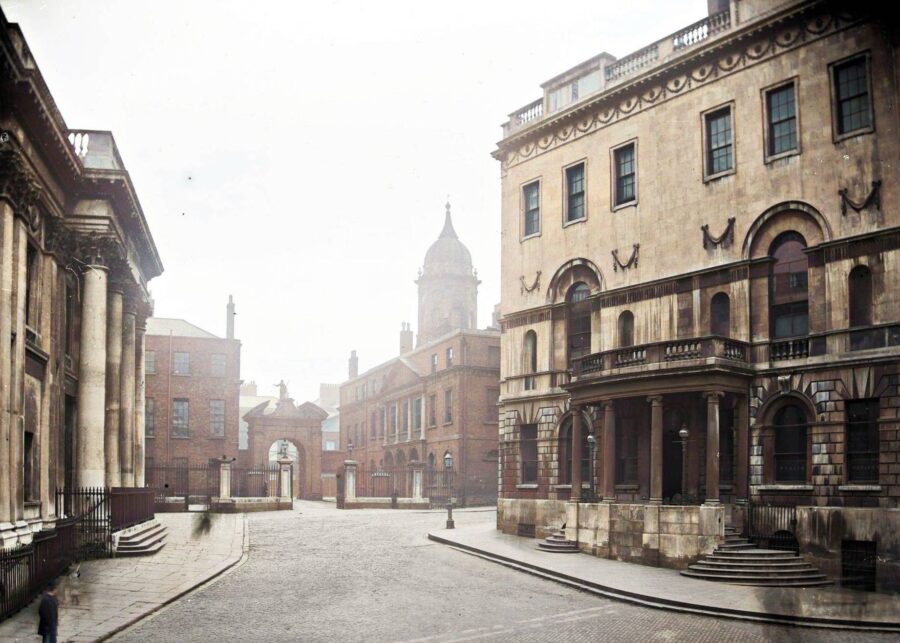
The Tudor and Stuart Periods
During the Tudor and Stuart periods, Dublin Castle continued to play a central role in the administration of Ireland. In the 16th century, the castle underwent a significant transformation under the reign of King Henry VIII. The fortress was converted into a more comfortable, luxurious residence for the Lord Lieutenant, reflecting the growing importance of Dublin Castle as a symbol of English authority.
The reign of Queen Elizabeth I and her successor, King James I, saw further renovations and expansions at Dublin Castle. Under their rule, the castle became the epicenter of cultural, political, and social life in Dublin, with grand balls, banquets, and theatrical performances taking place within its walls.
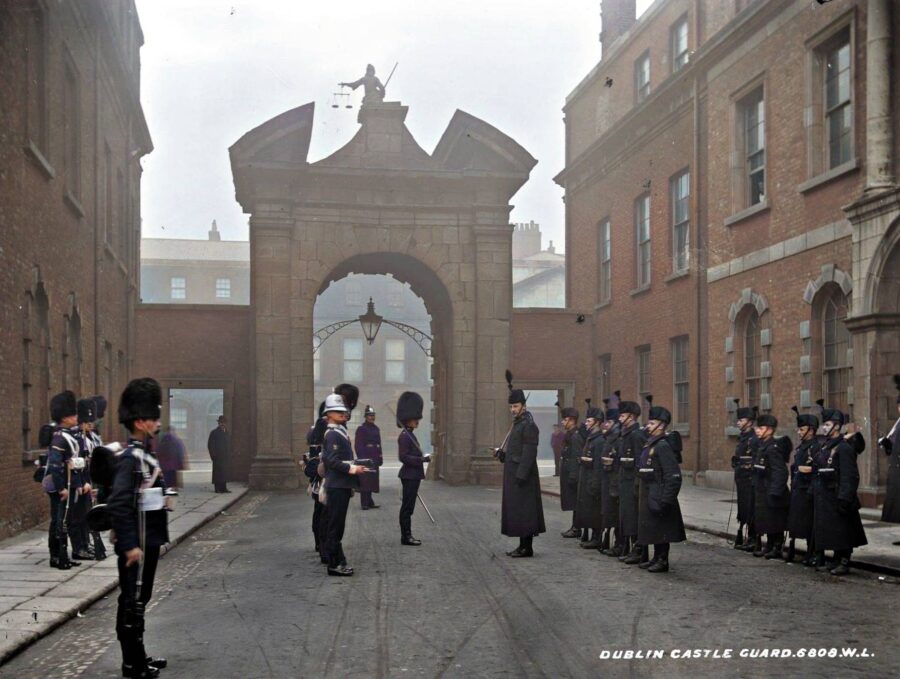
The Williamite War and the Restoration of Dublin Castle
Dublin Castle played a pivotal role during the Williamite War (1689-1691), a conflict between the Catholic King James II and the Protestant King William III. In 1688, King James II sought refuge at Dublin Castle after fleeing England. He made the castle his base of operations, ultimately losing the war and ceding control of Ireland to King William III.
In the aftermath of the war, Dublin Castle underwent extensive restoration efforts. In the early 18th century, the construction of new state apartments began, which would later become known as the State Apartments. These lavish rooms, designed by renowned architect Sir Edward Lovett Pearce, would host numerous state functions, including the visits of King George IV in 1821 and Queen Victoria in 1849.
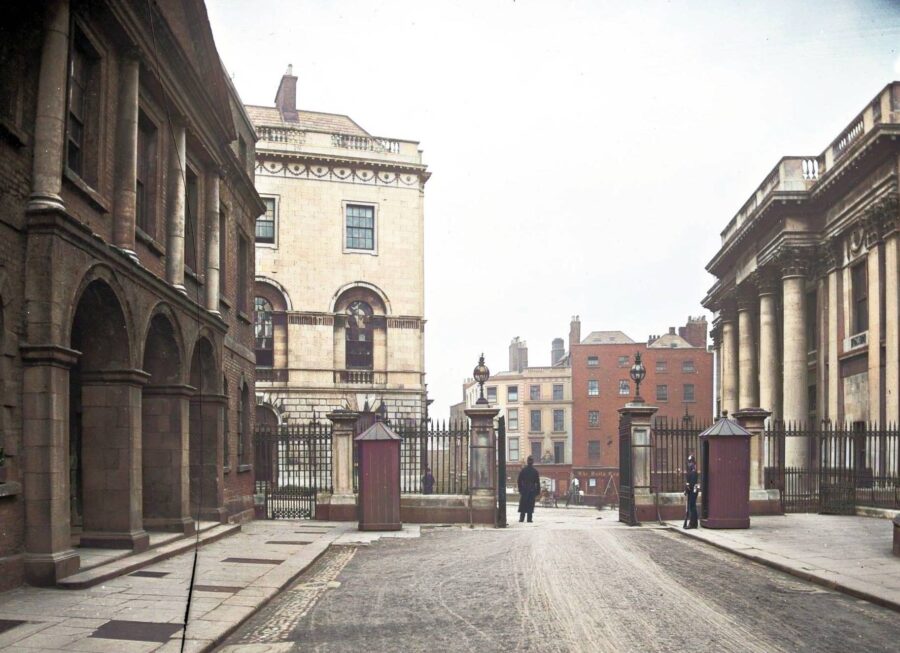
The Irish Rebellion and the Role of Dublin Castle
The 19th century was a time of great political and social upheaval in Ireland. The Irish Rebellion of 1798, a pivotal event in the nation’s history, saw Dublin Castle at the center of conflict once again. As the stronghold of British rule in Ireland, the castle was a prime target for the United Irish men, a revolutionary group seeking independence from Britain. Despite the fervent efforts of the rebels, Dublin Castle remained in British hands, serving as a crucial base for suppressing the rebellion.
In the years following the rebellion, Dublin Castle became the focus of Irish nationalist movements. As a symbol of British rule in Ireland, the castle was often at the heart of political agitation and protests. Throughout the 19th and early 20th centuries, Dublin Castle was used as a base for British forces to maintain control over the increasingly restive population.
The 1916 Easter Rising and the Irish War of Independence
Dublin Castle played a significant role during the 1916 Easter Rising, a pivotal event in Ireland’s struggle for independence. The castle was besieged by Irish rebels, who aimed to seize control of this critical symbol of British authority. Although the rebels failed to capture Dublin Castle, the Easter Rising marked a turning point in the fight for Irish independence.
Following the Easter Rising, Ireland entered a period of turmoil and conflict known as the Irish War of Independence (1919-1921). Dublin Castle continued to serve as a stronghold for British forces during this time, as they fought against the Irish Republican Army (IRA) in a brutal guerilla war.
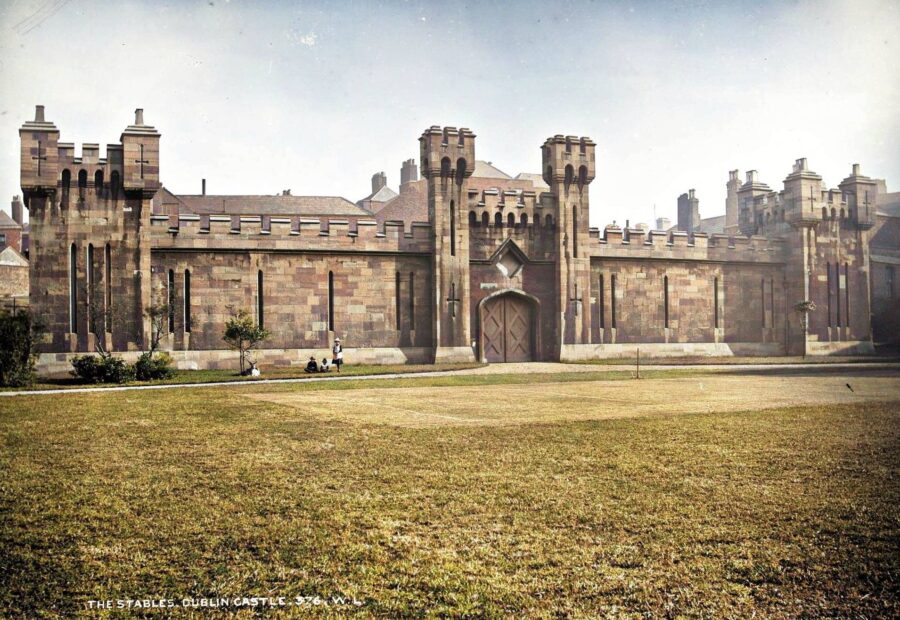
The Handover of Dublin Castle and the Irish Free State
On January 16, 1922, a historic moment took place at Dublin Castle. In a symbolic ceremony, the last British Viceroy, Viscount Fitzalan, handed over the keys of the castle to Michael Collins, a leader of the Irish Free State. This transfer of power marked the end of British rule in Ireland and the beginning of a new era of self-governance for the Irish people.
Following the establishment of the Irish Free State, Dublin Castle underwent a significant transformation. No longer a symbol of British authority, the castle became the seat of the Irish government. The State Apartments were repurposed to house the inauguration ceremonies of Irish presidents and host state functions, while other parts of the complex were used for government offices.
Present-Day Dublin Castle
Today, Dublin Castle is a thriving cultural and tourist attraction in the heart of Dublin, Ireland. Visitors can explore the historic State Apartments, the medieval undercroft, and the beautiful Dubh Linn Gardens, among other sites. In addition to its historical significance, Dublin Castle hosts numerous cultural events, exhibitions, and conferences throughout the year.
The rich history of Dublin Castle is a testament to the resilience and evolution of Dublin, Ireland. From its foundation as a medieval fortress to its role in the fight for Irish independence, Dublin Castle has played a central role in shaping the city’s past and present. As you walk the halls of this storied fortress, you’ll find yourself immersed in the fascinating history of Dublin, Ireland.
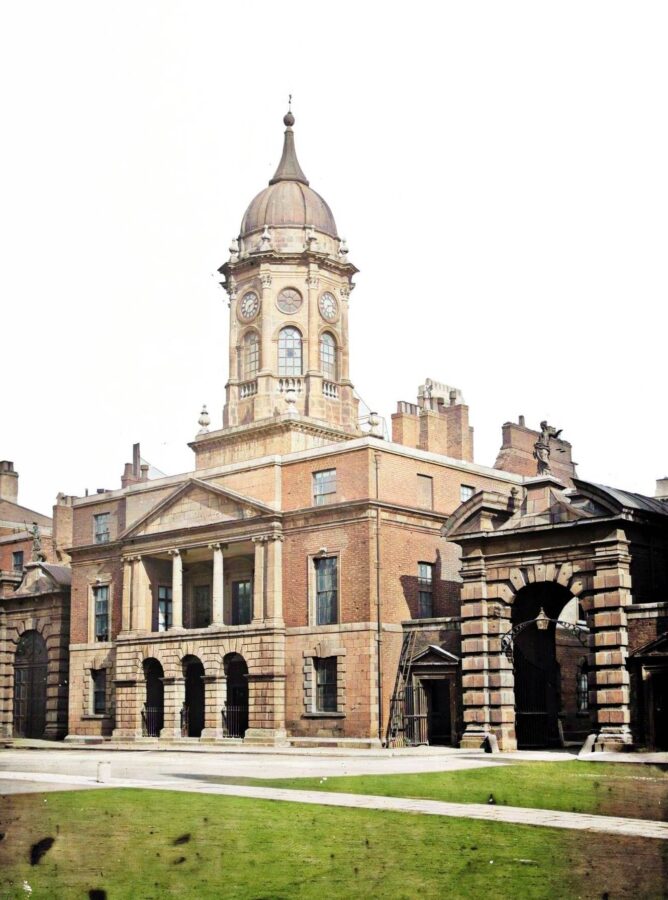


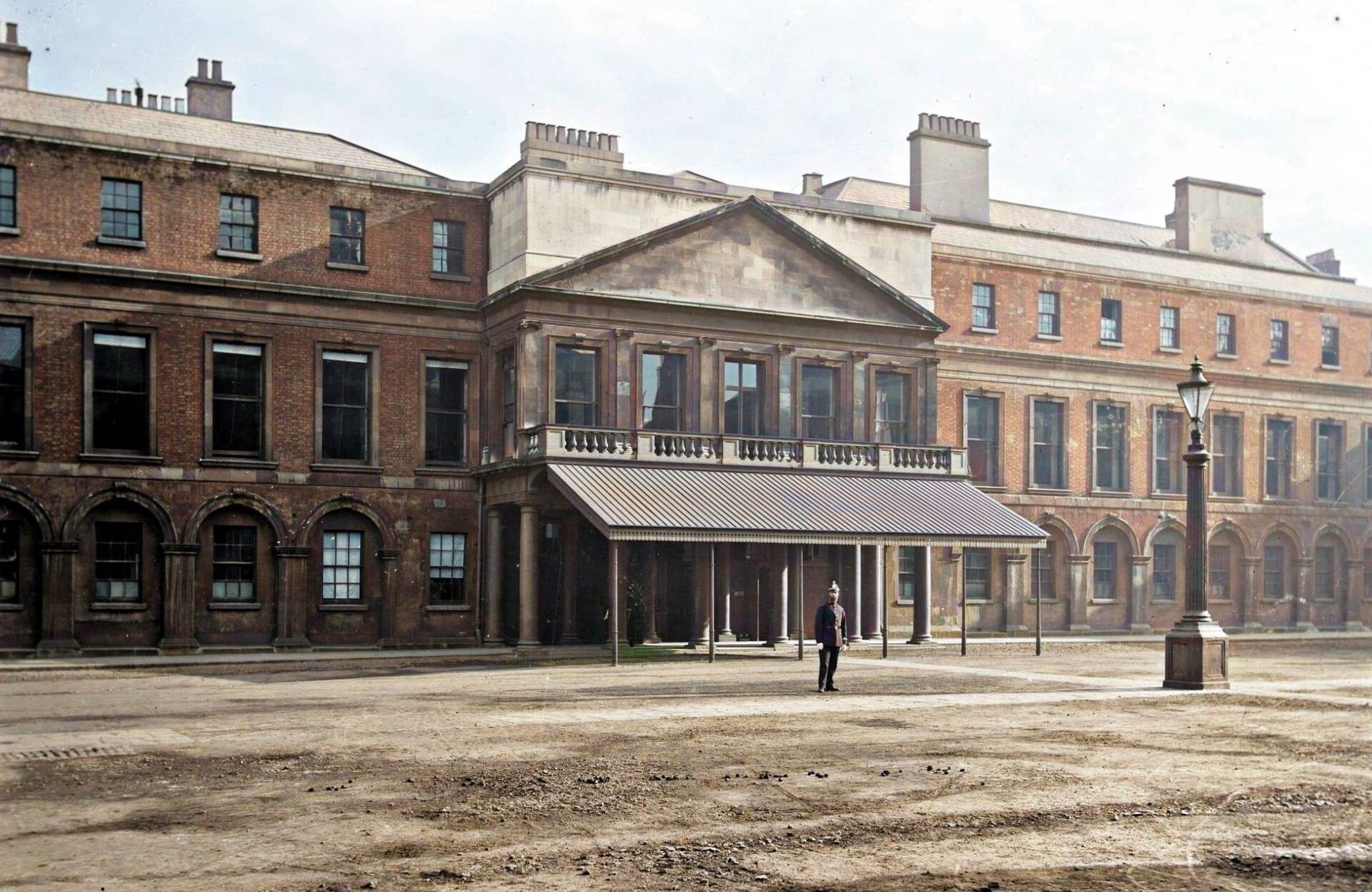
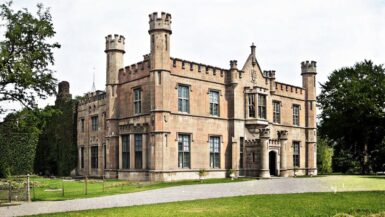
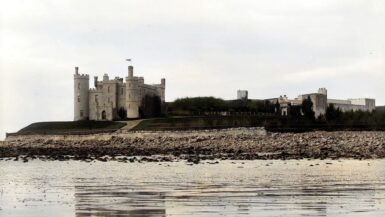
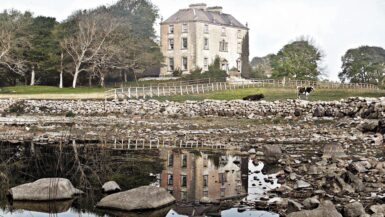
Leave a reply